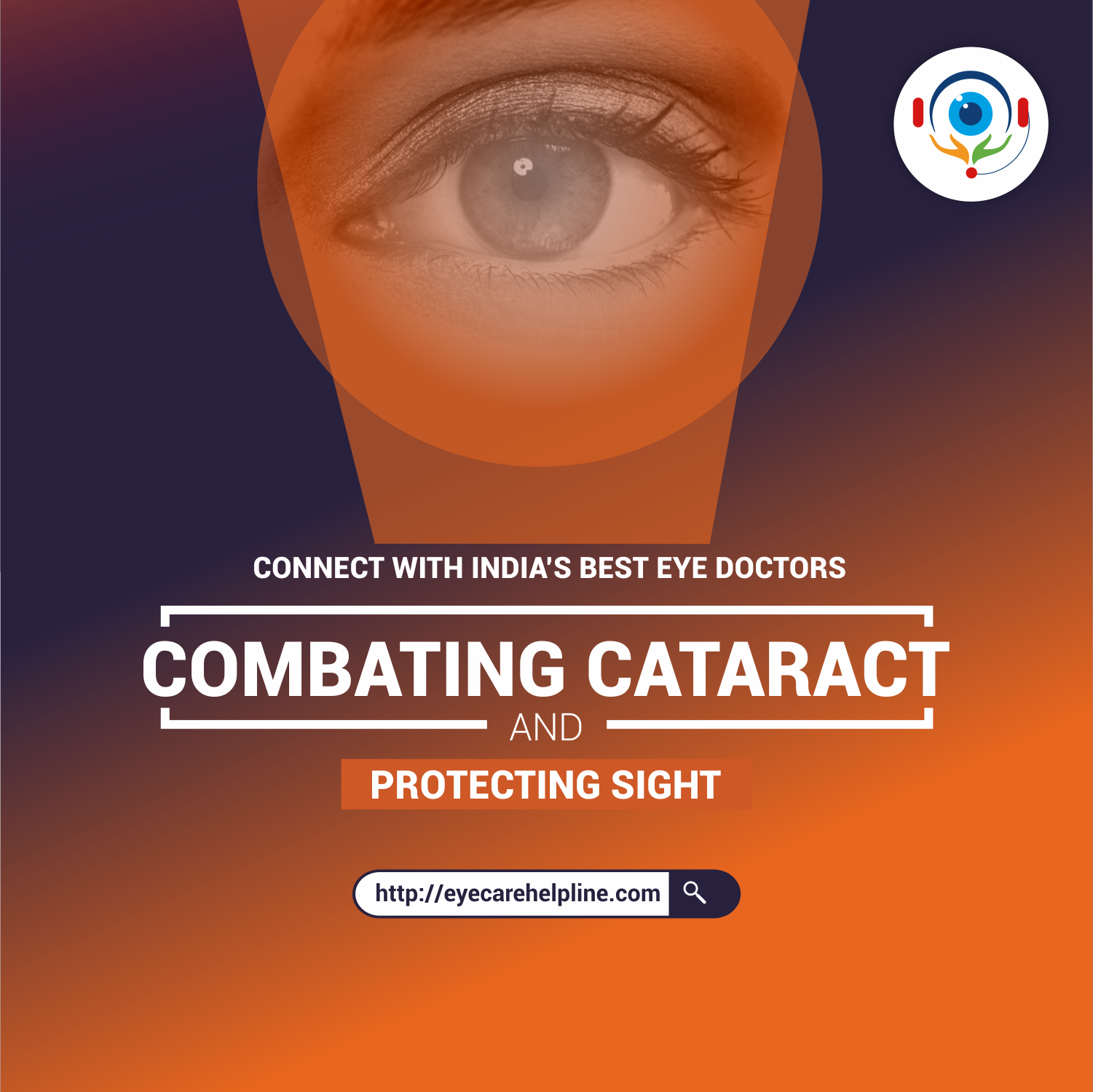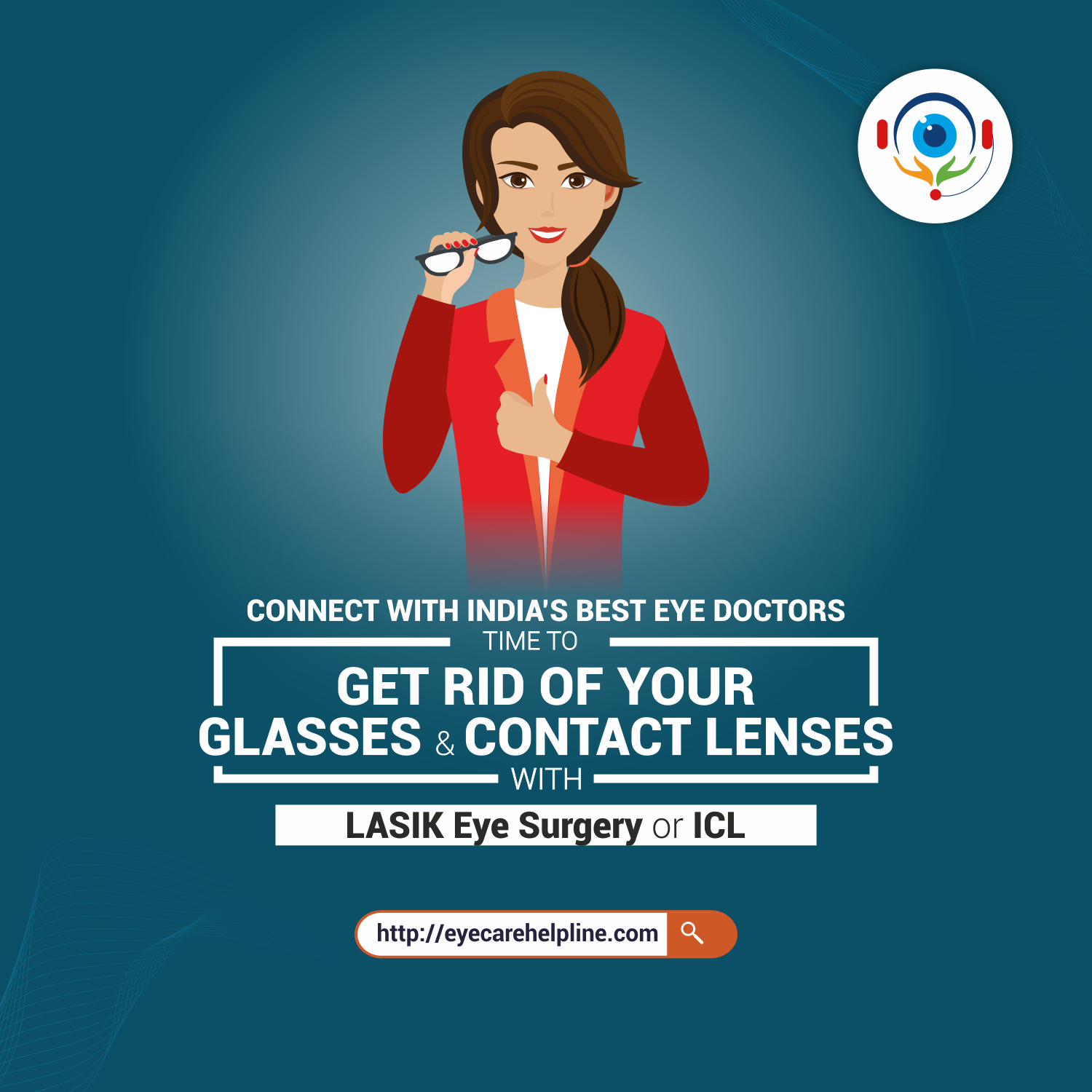- By: Dr. Harshavardhan Ghorpade
Cornea is the outer most transparent layer of the eye that appears black or brown due to the colour of the Iris behind it and can be transplanted from a dead person to that of a living host.
Keratoprosthesis simply means artificial cornea. It is a new technology and a very good option for patients whose previous corneal grafts have failed or have been rejected. It is also an option for patients who have severe dry eyes where the normal grafts cannot survive. Finally it is an option for patients who are not able to find donors for a corneal transplant.
However being an artificial cornea it has its limitations. The most important being integration with the host tissue. This may lead to gaping or melting at the edges leading to infections and permanent damage to the eye. For this antibiotic drops are put throughout life and intermittent antiseptic washes are need for the eyes along with regular monitoring.
There have been various options for this problem including semi integrated and fully integrated keratoprosthesis which are fixed with the help of the person’s tooth and inner layers of the cheek. This process is tedious, expensive and cosmetically less appealing. However if it succeeds then a totally blind person is able to lead a decent life.
The various keratoprosthesis available today are Boston krpro, Aurokpro, Lucia, Boston type 2, MOOKP etc. Each one has its specific indications, advantages and disadvantages and the selection of those are decided by the corneal surgeon based on the patients eye condition, the cause and his experience.
There are a few other newer advances including synthetic corneas, liquid corneas, porcine tissue matrix and stem cell therapies all of which form part of regenerative medicine and offer further hope to corneal blind patients.
Also corneal transplantation has become more advanced with better techniques including lamellar surgeries where individual layers of cornea can be transplanted and hence the results are getting better with lesser rejections.
Considering all these options and their limitations, a keratoprosthesis is indicated only when a patient is corneal blind in both eyes. Also it should be done only in one eye at a time. The choice about whether to go for it or not and which type usually remains with the clinician based on set protocol and his experience. Also due to chances of melts and infections where ever possible natural corneal transplants still remain the first choice and if they fail repeatedly then an artificial cornea can be considered.
However with newer safer options becoming available, this may change in the near future and we may opt for artificial corneas as the first choice.


